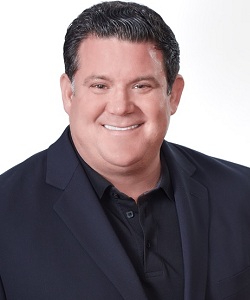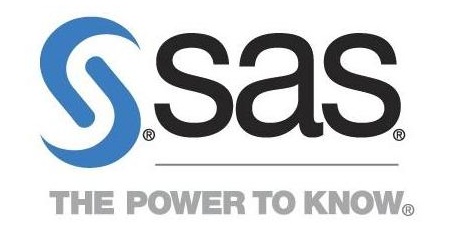Electronic health records (EHRs) and the overall advancement of information technology have produced a tsunami of data that must be stored, managed and used. Some had naively hoped that EHRs would bring a simpler, more streamlined industry.
Instead, we’re finding that the delivery and management of health care is more complicated than ever. Fully interoperable systems that readily generate insights and best practices is still fantasy for most of us.
The pace of these changes is breathtaking, leading to operational complexity along with increasing pervasiveness of data streams. The proliferation of smartphones and mobile technology has further empowered a culture of individualism and consumerism in health care.
Millennials and Gen-Xers are turning up their noses at the traditional doctor-patient relationship and are demanding convenience and flexibility in health care services. Mobile devices are generating huge volumes of health-related data from mobile applications and social media. Finally, the internet of things has connected a broad array of machines, sensors and appliances to the Internet. Electronic protocols such as SMART on FHIR are enabling new levels of interoperability between health care applications that previously were limited to bulkier and more expensive interfaces.
These dizzying changes are causing a rapid escalation of the volume and variety of health care data that is available. The increasing speed of transmission and availability of massively parallel processing capability is signaling a corresponding escalation in velocity, as the data flow through our systems.

This has given rise a new revolution in health care: making use of the massive stores of health care data in ways that transform the data into information, which then is transformed into knowledge. As this knowledge is disseminated in a collaborative environment, the result becomes wisdom.
What does this mean? It means that the decades-long, elusive vision of an information-driven, evidence-based learning organization is becoming a reality — if we can survive the transition!
In the face of these challenges, strategies exist that have been proven successful at leading health care organizations, not only in the US but also across the globe. These strategies involve a mix of ideas that may seem unfamiliar, as well as some that have been around for a long time.
Create a thoughtful data governance strategy
This is not the strategy that a CIO would have developed 10 years ago. This strategy needs to take an enterprise viewpoint that uses not only traditional data sources, but also the additional sources discussed above.
It needs aligned participation from clinical and business departments. This requires a balance of collaborative and assertive leadership that can bridge the cultural silos that are all too common.
Invest in a rock-solid data management capability
This includes an enterprise data warehouse, ample hardware, secure data centers, broad pipelines to cloud storage – you name it. Your data must be secure and locked-down tightly against all manner of predators, snoops and thieves.
In addition, your data management needs to ensure that the increasing variety of data are scrubbed and prepared for all manner of analytics. The legacy extract-transform-load (ETL) process must give way to a more streamlined process that includes analytic-ready storehouses that are accessible to exploration of data by business and clinical users.
Provide analytical tools and capabilities for non-statisticians
The inability to write computer code should not preclude someone from directly exploring the data to understand underlying relationships, trends and even to predict the likelihood of future events. However, there will always be a need for skilled data scientists to write code, develop models and advise business and clinical users on using these powerful software tools.
Integrate strategy and technology
Make sure that the insights derived from your data are used productively and effectively in ways that increase your success. This should be obvious, but far too many organizations struggle with not only analyzing data but also actually using it to improve care, operations and service. This often means making sure that your quality management team is fully engaged and accountable, as well as executive leadership.
The realignment of our health care system has made it imperative that we do these things to survive in the future. We all know that health care delivery has long occupied an unsustainable position — now the realities are being driven home.
However, at the same time, we now have the technology and incentives to become the types of organizations we’ve long envisioned. The pressure is on and the challenge is here. Health care organizations that survive the next ten years will be those that accomplish the tasks described above.
We’ve spent billions taking health care into the digital world. Now it’s vital to get the value out of these machines, software and data. At last we may be able to “make health care work,” as many of us have long envisioned, so that we are healthier in a more affordable and customer-friendly way.




















